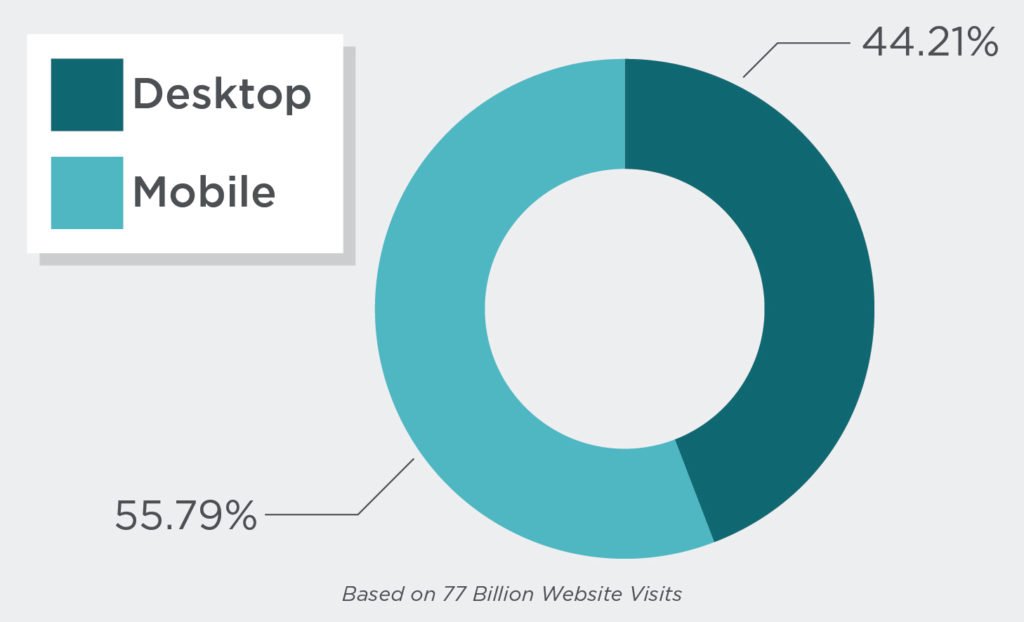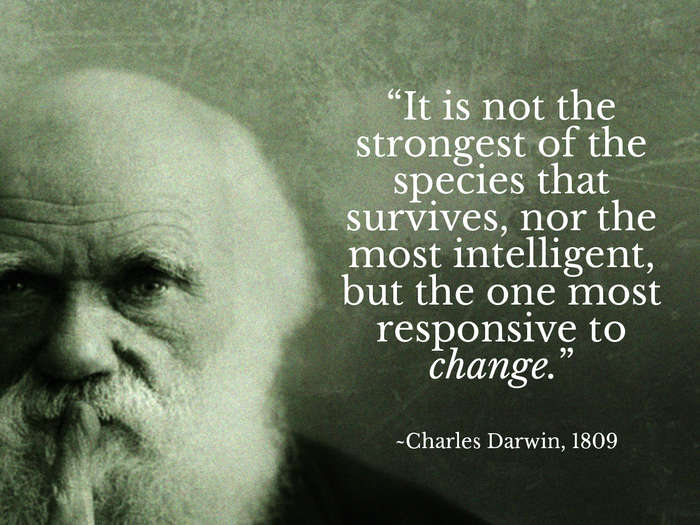Think your business, e-commerce site or services can survive online without joining the modern-day mobile-driven world? That you can walk around our X, Y and Z generations and the evolved need for instant gratification at our fingertips to do, see, browse, research, purchase and peruse at our leisure? Think again. If you’re not on mobile, mobile-friendly, or mobile-first you are already “so yesterday” as the kids say these days—or so I’m told.
Here are 5 reasons why you should be thinking mobile-first—always:
1. Your biggest outreach tool is already in their hands
When you walk down the street, catch the bus or sit down at a restaurant next to other patrons, this is not that hard to see—now-a-days it seems that everyone’s face is glued tight to their phones. We’re an up and running, modern-day, technology-imprisoned version of “The Walking Dead”—so use it to your advantage. Target customers and potential clients through that little screen that they are already latched onto—a startling 4.7 hours a day to be more precise.
According to a study done by Google in 2016, between 50-61% of online searches start on a mobile device (depending on the country). Why not take advantage of the significant opportunity to reach your audience? You could be missing the chance to engage more than half your customers if you don’t make your platform mobile user-friendly.
2. Mobile Darwinism
Research done by McKinsey & Company noted that 61% of users said they were unlikely to return to a mobile site if they had trouble accessing it, with 40% saying they would move on to a competitor’s site instead—yikes. Bye, Felicia. What’s that saying—adapt or die? Get it right the first time and optimize.

Photo courtesy of Google
3. Mobile traffic has superseded desktop on a global scale
While desktop users still traditionally spend more time online, (about 1.9 times more), mobile has surpassed desktop usage in terms of traffic on a worldwide scale. According to SimilarWeb, out of 77 billion website visits, about 56% of traffic is mobile, compared to the 44% that is derived from a desktop platform. Get in the fast lane and catch some of those mobile drivers with an optimized mobile experience.

Photo courtesy of Stone Temple
4. Increase those conversion rates

Photo courtesy of Linkedin
80% of consumers have admitted that mobile purchases are impulse-driven, buying from companies that offer more interactive brand and engaging mobile experiences. There is clear contingency to increase sales in this capacity- as long as you are offering potential buyers said interactive, engaging and fast mobile experience. Why fast? Are you going to wait half a minute to order that $100 Game of Thrones fan starter-pack that Facebook Ads suggested to you on your iPhone? Probably not. That extra 30 seconds is likely going to let your brain reason with you to back off the “ledge of impulse decision making.” As a society geared towards instant gratification, it’s no surprise that conversion rates decrease by 12% for each additional second that it takes a website to load on a mobile device, with bounce rates increasing by 50% for every 2 extra seconds of load time. By the end of 2017, it is estimated that mobile e-commerce revenue is projected to increase to 50% of total e-commerce revenue—meaning if you want a piece of that bigger pie, it’s imperative to have agile site speeds. Because sometimes, you really do need that Game of Thrones fan t-shirt.
5. A little three letter acronym called S.E.O.
You spent hours searching for keywords, characterizing your ALT-tags, integrating long-tail keyword phrases and researching Google’s latest algorithms—you’re all set for optimal SEO for your e-commerce or business site, right? Wrong. Mobile is still a box you have to check. Cross integration, my friend. Considering that 75% of people hunting online don’t scroll past the first page of search engine results, this is not something you want to overlook… that is unless you are trying not to be found.

Photo courtesy of Huffington Post
6. Mobile advertising will dominate the future
Have you been listening to what we’ve been saying so far? Mobile… what? Mobile first. It’s the future. By 2019, it is estimated that 72% of all digital advertising spending will be put towards mobile. Rest in peace desktop advertising, we’ll lay you down next to direct mail. The big dogs already know this is where consumers will be spending most of their time and hard earned money—meaning your competitors do too. With the majority of ads moving to the digital space, consumers will be seeing them on their iPhones or mobile devices before clicking through to get to corresponding company sites. If you are one of these and your site is slow or not user-friendly… well—if you’ve been reading—you how the story ends. Be proactive.
“Alright, okay!” We’ve convinced you, you say. So, what’s the fastest and easiest way you can check to see if your site is mobile-first or optimized?
- Firstly, check your site on your phone. Pull up your URL and see if there’s anything that immediately stands out to you that’s off—design elements lining up, text that is too big, too small or that falls off the side of the screen, etc.
- Speed— is it loading quickly or dragging on?
- Do the layout and design elements drag your eyes to clear CTA’s (Call to Actions)?
- Is it easy to navigate the menu and click-through buttons?
- Put yourself in your users’ shoes, would you spend time navigating the site? Is the experience enjoyable? Visually pleasing? Easy to use?
- If all else fails, use Google’s super easy “Mobile-Friendly Test.” Just copy and paste your link and go.
Review your answers and comment below let us know what areas you could use more help on.
Sources:
Ahern, P. (2017, March 2). 25 Mind-Bottling SEO Stats for 2017. Retrieved from https://junto.digital/blog/seo-stats-2017/
Chaffey, D. (2017, March 1). Mobile Marketing Statistics compilation. Retrieved from http://www.smartinsights.com/mobile-marketing/mobile-marketing-analytics/mobile-marketing-statistics/
Enge, E. (2017, April 5). Mobile vs Desktop Usage: Mobile Grows But Desktop Still a Big Player. Retrieved from https://www.stonetemple.com/mobile-vs-desktop-usage-mobile-grows-but-desktop-still-a-big-player/
Henderson, C. (2017, April 1). 2017 MOBILE MARKETING STATISTICS (TRENDS, PREDICTIONS, & MOBILE STRATEGY). Retrieved from https://www.wiredseo.com/mobile-marketing-statistics-2017/
Meola, A. (2016, April 18). People now spend more Internet time on mobile than desktops or laptops. Retrieved from http://www.businessinsider.com/people-now-spend-more-internet-time-on-mobile-than-desktops-or-laptops-2016-4
Sterling, G. (2016, August 3). Report: Nearly 60 percent of searches now from mobile devices. Retrieved from http://searchengineland.com/report-nearly-60-percent-searches-now-mobile-devices-255025
Sukhraj, R. (2016, October 3). 31 Mobile Marketing Statistics to Help You Plan for 2017. Retrieved from https://www.impactbnd.com/blog/mobile-marketing-statistics-for-2016

